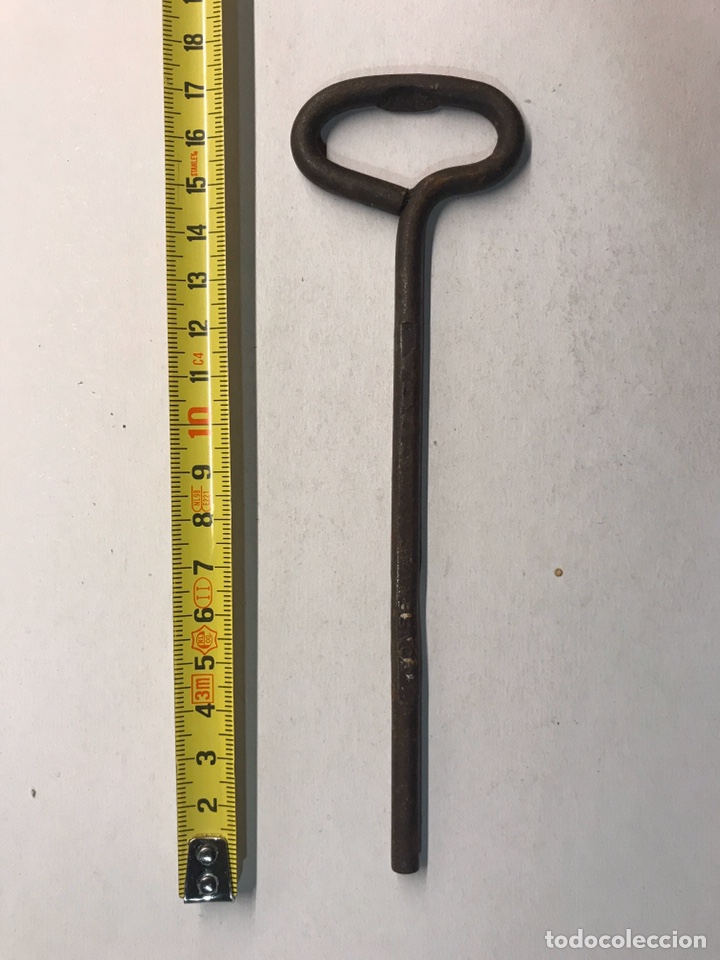
Abridor De Lata Antigua Que Abre Una Lata Foto de stock y más banco de imágenes de Abrebotellas - Abrebotellas, Abrelatas, Accesorio personal - iStock

abrelatas. antiguo para latas de anchoas y sard - Comprar Utensilios Antiguos de Hogar y Cocina en todocoleccion - 179030297

Generic YanHongUk150730 – 664 1yh3080yh nd sacacorchos (Vine Botella diseño Antiguo 2 * Tradicional apuñalar a Moda 2 * Tradit Viejo ener parras abrelatas al apuñalar a C Tin Mano Corcho Tornillo : Amazon.es: Hogar y cocina

Victorinox el abrelatas antiguo, swiss army knive (correct use of the victorinox antique can opener - YouTube

Fotos gratis : vendimia, antiguo, cadena, metal, objetos, poder, Alemania, Ww2, abrelatas, estaño 4752x3168 - - 1248994 - Imagenes gratis - PxHere

Amazon.com: Abridor de latas manual de estilo antiguo para acampar, que en realidad no funciona óxido duradero en forma de garra, resistente abrelatas 2 en 1 y abridor de botellas en uno



















